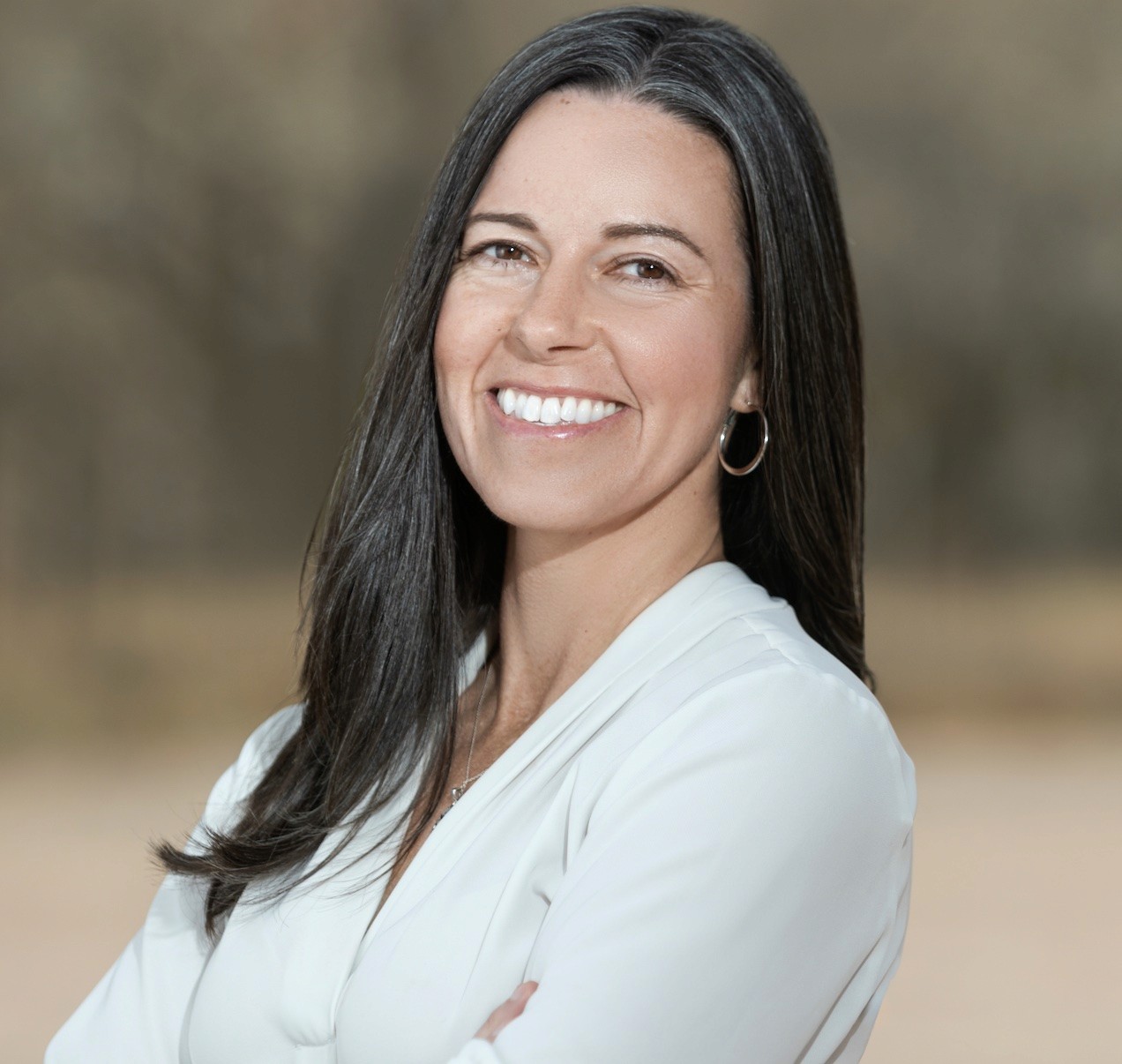Psychology
The Next Act in Mental Health: Access, Billion-Dollar Blindspots, and a Future with AI

Sep 2, 2025
The mental health crisis is a contradiction. More people are talking about anxiety and depression than ever before. Venture capital has poured billions into digital therapeutics. Politicians from both parties champion mental health funding. Yet suicide rates keep climbing. Overdose deaths have doubled. Over 20% of young adults struggle with anxiety.
Something isn't adding up.
At UCSF I previously sat down with three experts trying to solve this puzzle from completely different angles: Dr. Marina Tolou-Shams, who works with kids in the juvenile justice system at UCSF; Andrew Barr, a venture capitalist at GreyMatter who pivoted his entire career to mental health after his own struggles with OCD; and Dr. Tom Insel, who ran the country's top mental health research institute, the NIMH, and later built companies that help people with serious mental illness.
Their conversation reveals why throwing money at the problem isn't working—and why the solution might mean abandoning what we think we know about mental health care.
The Access Crisis
Dr. Insel starts with a number that stops the conversation cold: "Only about 6% of people who need mental health treatment actually recover through our current system."
Let me walk you through the math. Of everyone who could benefit from mental health care, only 40% ever get any treatment. Of those who do get treatment, only 40% receive care that's actually proven to work. And of those lucky few, only about a third actually get better.
Do the multiplication: 0.4 × 0.4 × 0.33 = 0.053.
Six percent.
This is the exact opposite of how medicine works for everything else. If you have cancer or diabetes, the sicker you are, the more likely you are to get treatment. But with mental illness? "Depression makes you hopeless, so you don't seek help," Insel explains. "Anxiety makes you avoid things, including treatment. And if you're having psychotic episodes, you don't think you're sick at all."
This is where our three experts start disagreeing.
The Community Perspective: Dr. Tolou-Shams sees the problem as a mismatch between where solutions are built and where they're actually needed. "We're designing ivory tower solutions for people who don't trust ivory towers," she says. Her work is with teenagers who've been through foster care, juvenile detention, and family trauma. "There are tons of mental health apps out there for young people. They're just not reaching the kids who need them most."
The Business Perspective: Barr sees broken incentives everywhere. "We're in a system where nobody gets rewarded for getting better results. We're getting exactly the system we've incentivized—one that's ineffective where it's not needed and absent where it's desperately needed." His solution: align financial incentives with patient outcomes through value-based contracts and technology that can deliver care at scale.
The Systems Perspective: Dr. Insel argues the fundamental treatment approach is wrong. "We're using a medical model designed for infectious disease: people come with symptoms, we treat the symptoms, they get better. But mental health isn't like that. Mental health solutions need the three P's: people, place, and purpose. And the fourth P—payment—has to support all of it."
When Unlimited Money Isn't Enough: The California Experiment
California gives us a real-world test case of what happens when money isn't the limiting factor. Governor Newsom has invested over $20 billion in mental health over the past few years. For context, that’s more than the combined mental health spending of the bottom 50% of states.
Years later, it's hard to point to anyone who's actually better off.
"It's the biggest commitment to mental health in American history," Insel says. "And we can't really show it's helping."
Each expert has a different theory about why throwing money at the problem isn't working:
The Implementation Problem: "You can fund all the programs you want," Tolou-Shams says. "But if the people running them don't understand the communities they're supposed to serve, if there's no trust, if the programs don't fit how people actually live their lives—the money just disappears into bureaucracy."
Her solution is something she calls "participatory co-design." Instead of experts deciding what communities need, you work with those communities to build solutions together. It's slower. It's messier. It doesn't scale easily. But it actually works.
The Market Failure: Barr sees California's struggles as proof that you can't fix a broken system just by making it bigger. "Throwing money at a broken system just makes it a well-funded broken system. Until doctors are rewarded for outcomes instead of volume, until we can measure what's actually working, we're just building more of what doesn't work."
GreyMatter companies focus on situations where better mental health care saves money immediately—like helping frequent emergency room visitors with severe mental illness, where successful treatment means fewer crisis interventions.
The Model Problem: Insel thinks the whole approach is backwards. “The recovery model isn't just about treating symptoms. It's about helping people build lives worth living. That means housing, employment, community, purpose. The medical system isn't designed to deliver that."
He points to "clubhouses"—community centers where people with mental illness work together on meaningful projects. Members show up voluntarily and work hard to stay involved because they're getting what they actually want: purpose, community, respect. The mental health improvements follow naturally.
The AI Debate: Revolution or Distraction?
Nothing splits our three experts more than artificial intelligence. Their views couldn't be more different.
The Optimist: Barr sees AI as the great equalizer. He described a future where technology could provide "fine tune knobs for helping people like dial in their psychology in different ways, turning up turning down certain parts of their experience, like almost in a way that you can get your car tuned up."
His vision: AI that could deliver "high-quality therapeutic interventions available to anyone with a smartphone" and achieve "deep precision" in mental health treatment. Barr believes technology could "dramatically change the access problem and the quality problem at the same time" by making effective interventions available at low cost across different economic levels.
The Skeptic: Tolou-Shams is worried about AI's limitations with vulnerable populations. While she doesn't dismiss the technology outright, she emphasizes that trust is fundamental in mental health work, particularly for marginalized people who have experienced systemic failures. Her focus remains on leveraging existing trusted relationships within communities rather than creating new digital-first interventions.
The Pragmatist: Insel sees strategic potential in AI applications. "AI will have a bigger impact on mental health than anywhere else in medicine because so much of what we do is about communication," he noted during the discussion. However, he emphasized using AI to support rather than replace human providers—handling tasks like documentation and routine processes so clinicians can focus on relationship-building and complex therapeutic work.
People Don't Want What We're Selling
Here's the most uncomfortable truth from their conversation: 60% of people who could benefit from mental health treatment simply don't want it.
This isn't about access or cost or availability. Even when treatment is free and convenient, most people choose not to engage. That creates a challenge that transcends policy debates or funding arguments.
The Trust Gap: "We're asking people to be vulnerable with strangers about their most shameful experiences," Tolou-Shams points out. "For kids I work with, every authority figure in their life has let them down or hurt them. Why would they trust a system that looks exactly like all the others that failed them?"
Her solution: instead of trying to get people to trust new providers, work within relationships where trust already exists. Train teachers, coaches, community leaders to provide basic mental health support.
The Value Problem: Barr frames it in real-world value terms: "We're selling a product that's expensive, time-consuming, often makes you feel worse before you feel better, and doesn't solve your immediate problems like housing or employment."
His approach: prove value immediately by solving acute problems, then build toward longer-term goals.
The Relevance Problem: Insel sees the engagement issue as proof that we're offering the wrong thing entirely. "We tell people to come to our offices, on our schedule, to talk about their symptoms. But what they actually want is housing, jobs, relationships, meaning in their lives."
When you offer what people actually want they show up voluntarily and work hard to stay involved.
Where They Actually Agree: The Future Will Be Different
Despite their disagreements about solutions, all three experts see the same fundamental shifts coming:
From Appointments to Always-On: Instead of seeing your therapist once a week, support will be continuous. Technology will monitor patterns, provide real-time help, and connect you to humans when needed.
From Standard to Personalized: Treatment will be tailored to your genetics, your trauma history, your learning style, your cultural background, your individual triggers and strengths.
From Crisis Response to Prevention: Instead of waiting for people to hit rock bottom, systems will spot trouble months in advance and intervene while people still have jobs, relationships, and hope to protect.
From Medical to Social: The most powerful interventions will also address housing, employment, community connection, and life purpose rather than just symptoms.
Why This Fight Matters
The mental health crisis isn't waiting for experts to reach consensus. Every day of debate means more preventable deaths, more lives derailed, more families destroyed.
But the debate itself reveals something hopeful: we're finally questioning fundamental assumptions. For decades, mental health discussions focused on awareness campaigns and funding levels. Now we're reimagining everything from scratch.
The next five years will determine whether this reimagining succeeds. Whether AI becomes a tool that democratizes great treatment or just another barrier for vulnerable people. Whether community trust can scale through technology or gets lost in the pursuit of efficiency. Whether we can build systems that work for everyone, not just the educated and affluent.
Our three experts represent different paths forward, but they share something crucial: none accepts the current system as tolerable. All are willing to abandon conventional wisdom in pursuit of something that actually works.
The bridge from crisis to recovery is being built in real time. Whether it reaches everyone who needs to cross it depends on choices we make right now—about technology and trust, markets and communities, systems and human souls.
The clock is ticking.
And we must act now. 🌻






